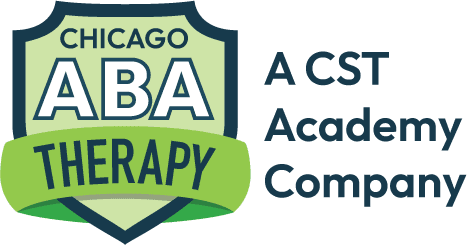Applied Behavior Analysis (ABA) therapy is a leading evidence-based approach to support individuals with autism spectrum disorders (ASD). Among the various techniques employed in ABA, Discrete Trial Training (DTT) and Natural Environment Teaching (NET) are pivotal. Both strategies have distinct characteristics and are particularly effective in different age groups. Understanding when and how to apply DTT and NET can significantly enhance the effectiveness of therapy, ensuring that children receive the most appropriate and impactful interventions based on their developmental stage.
Understanding DTT and NET
Before diving into the age-specific applications, let’s define what DTT and NET entail:
Discrete Trial Training (DTT)
DTT is a structured ABA technique that involves a step-by-step approach to teaching. It breaks down skills into smaller, manageable parts and teaches each step of the skill intensively until mastery. DTT is known for its high degree of control and repetition, which helps reinforce learning. The therapist controls the teaching environment, including the stimuli presented and the timing of sessions.
Natural Environment Teaching (NET)
NET, on the other hand, is a more flexible and dynamic approach. It involves teaching skills within the natural context, or during routines and activities that the child is naturally interested in. This method promotes generalization of skills by applying them in real-world settings. NET is less structured than DTT and is driven by the child’s interests and interactions with their environment.
Applicability of DTT and NET Across Age Groups
The effectiveness of DTT and NET can vary based on the developmental and cognitive stages of the child. Here’s how these techniques are generally applied across different age groups:
Early Childhood (Ages 2-6)
DTT: This age group benefits immensely from DTT due to their need for foundational skill-building. Young children with ASD often require the structured learning environment that DTT provides to grasp basic communication, social, and cognitive skills. The repetitive nature of DTT helps inculcate essential behaviors and routines.
NET: While DTT forms the backbone of early intervention, NET is also crucial as it helps children apply what they’ve learned in DTT to their everyday environment. Even at this young age, incorporating NET can enhance language use, play skills, and social interactions in natural settings, making the learning process more engaging and practical.
School-Age Children (Ages 7-12)
DTT: As children grow, the focus of DTT shifts towards more complex skills and academic readiness. However, the use of DTT might be less intensive compared to the early years, with a balanced approach tailored to the child’s progress in basic skills.
NET: This stage often sees a greater emphasis on NET, as children are typically more engaged in social environments such as school and community activities. NET strategies can be pivotal in teaching flexibility, problem-solving, and advanced communication skills that are crucial for this age group.
Adolescents (Ages 13-18)
DTT: In adolescence, DTT is generally targeted towards specific learning objectives, particularly those involving vocational skills and independence. The structured nature of DTT can be beneficial for teaching complex tasks that require a high degree of accuracy and consistency.
NET: For teenagers, NET becomes increasingly significant as it supports the transition into adulthood. It helps in the naturalization of social interactions, vocational skills, and independence. The real-world application of skills learned through NET is crucial for successful integration into community and workplace settings.
In pediatric ABA therapy, both DTT and NET play crucial roles, but their application varies significantly with age. For younger children, DTT provides the necessary structure to learn basic skills, while NET helps in generalizing these skills to real-life situations. As children grow, the focus gradually shifts towards more NET to prepare them for real-world interactions and independence.
At Chicago ABA Therapy, our ABA programs are designed to adapt to the changing needs of children as they develop. By strategically applying DTT and NET at appropriate stages, we ensure that every child has the tools they need to thrive in all aspects of their lives. Whether starting with early intervention or transitioning to adult life, our team is committed to supporting each individual’s journey through tailored, effective, and compassionate care.










